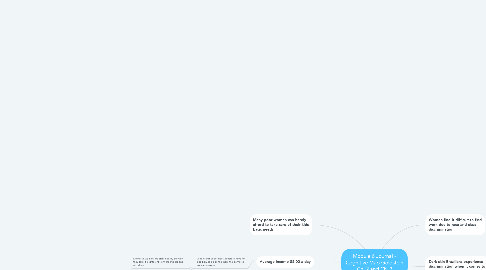Module 6 Journal - Cognitive Map Goldstein Ch. 2 and Ch. 3
by Kiona Anderson


1. Many poor women can barely afford to take care of their kids basic needs
2. Average income $5.00 a day
2.1. Middle and upper class generally have no idea how to do all the tasks the domestic workers provide
2.1.1. Domestic workers are classified by the way they talk, it is different from the middle and rich class
3. However many domestic workers someone has shows their status in society
4. Rio made a dramatic change in its workforce by hiring more women and children
5. Light skin Brazilians are seen as "white" and are more successful and given more opportunities
6. Women find it difficult to find work due to race and class discrimination
6.1. domestic work is considered the lowest paying occupations
7. Dark skin Brazilians experience discrimination when it comes to jobs, "boa aparencia"
7.1. poor people went from "slavery to servitude"
7.2. After slavery, poor were still expected to be "milk nannies" and perform sexual acts for the men and their sons
7.3. There is a colorist divide between light skin and dark skin Brazilians
7.3.1. Black is associated with "slavey, dirty, work,and ugliness" (pg 107)

